Breaking Boundaries: 7 Series That Blur the Line Between Anime and Non-Anime

The vibrant world of animation is a kaleidoscope of creativity that transcends borders and defies simple categorization. At the crux of this colorful landscape lies a fascinating convergence—an unexpected, often contentious territory where the expansive artistry of anime meets the inventive expanse of global animation styles.
As viewers, we are witnessing an era where the distinction between anime and non-anime becomes increasingly enigmatic, a boundless realm where cultural lines are both drawn and challenged.
This phenomenon breathes new life into the genre as it invites us to explore a riveting selection of series that defy conventional definitions. These series not only captivate audiences with their visual splendor and narrative depth but also ignite debates and redefine what we perceive as the essence of anime.
As we delve into this space where bold narrative strokes and artistic innovations converge, let's embark on a journey through seven groundbreaking series that exemplify the blurring of lines between anime and non-anime, inviting us to rethink where one ends and the other begins.
Unraveling the Definition of Anime
Anime is distinguished by its vivid art style, which includes colorful graphics and dynamic character designs. Originating in Japan, this style is marked by exaggerated emotional expressions and often fantastical themes. The evolution of this art form can be traced back to influences from both Eastern and Western animation, creating a unique blend that appeals globally. Shows like Naruto and Dragon Ball exemplify the traditional anime style with their distinctive character aesthetics and vibrant worlds (Source: Merriam-Webster).
Anime isn't just a singular style but encompasses a variety of genres, each offering unique narratives and settings. From the intense battles of shonen to the heartfelt scenes of shojo, anime genres vary widely, catering to different tastes and age groups. This diversity allows anime to explore complex themes such as love, war, and existentialism, resonating with a broad audience base and influencing many non-Japanese series (Source: Hindustan Times).
7 Series That Challenge the Anime Boundary
Avatar: The Last Airbender
This American series showcases a rich tapestry of cultural references and animation styles that are reminiscent of traditional anime. From its well-developed characters to its epic storyline and Eastern philosophical undertones, Avatarhas often been mistaken for an anime by those unfamiliar with its American origins.
Teen Titans
Teen Titans combines Western cartoon elements with anime-style character expressions and storytelling techniques. Its dynamic action sequences and emotional depth draw heavily from the anime genre, blurring the lines between Western cartoons and Japanese anime.
Samurai Jack
Known for its minimalist art style and cinematic storytelling, Samurai Jack has been influential in bridging the gap between anime and Western animation. The series utilizes pacing and visual storytelling methodologies that are staples in many classic anime.
RWBY
RWBY is an American web series that stands out for its anime-inspired visuals and narrative structure. Created by Monty Oum for Rooster Teeth, it features a team of hunters battling against dark forces in a richly developed fantasy world, incorporating thematic and stylistic elements typical of anime.
Castlevania
Though produced by an American studio, Castlevania is heavily inspired by anime in both its artistic expression and story depth. It explores dark themes and complex characters, much like many beloved anime series.
The Legend of Korra
A sequel to Avatar: The Last Airbender, The Legend of Korra continues to enrich the faux-anime style while diving deeper into mature themes, making it a show that sits comfortably on the fence between anime and Western animated series.
Voltron: Legendary Defender
This reboot of the 1980s cartoon takes significant inspiration from anime, particularly in its detailed characters and expansive story arcs. Voltron: Legendary Defender has been praised for its updated animation style and storytelling that align closely with contemporary anime.
Debating What Qualifies as Anime
The debate over what exactly qualifies as anime is ongoing. Purists argue that anime must originate from Japan and adhere to specific stylistic and thematic standards, while others believe the definition should be more inclusive, recognizing anime-style works from around the globe (Source: Wikipedia).
Factors such as the country of origin, the cultural context of the content, and the specific animation techniques employed play crucial roles in defining a series as an anime. This categorization can influence how series are marketed and perceived both in Japan and internationally.
The anime community often has mixed responses to shows that deviate from traditional anime norms. Series like RWBYor Avatar, which incorporate key elements of anime but hail from Western studios, spark discussions about cultural appropriation versus cultural appreciation within global fandoms.
Analyzing the Impact of Blurred Lines
Hybrid series that blend anime with other animation styles often serve as gateways for cultural exchange, introducing anime's storytelling techniques and aesthetic sensibilities to a wider audience and vice versa.
The blending of animation styles has led to a richer media landscape where creators are free to experiment with and adopt different stylistic elements from around the world, pushing the boundaries of what animation can convey.
Embracing Diverse Animation Styles
The diversity in animation styles enriches the global media scene, allowing for a broader range of expressive possibilities and storytelling techniques that engage diverse audiences.
As the lines between traditional anime and other forms of animated entertainment continue to blur, the definition of what constitutes anime is increasingly being reevaluated. This shift encourages a more inclusive understanding of animation as a dynamic and evolving art form.
Conclusion
The ongoing debate over what should be classified as anime highlights the evolving nature of artistic categories in response to globalization and cultural interchange. By examining series that straddle these definitions, we not only gain insight into what defines this genre but also appreciate the rich tapestry of global creativity it inspires. The conversation about anime's boundaries is far from over, and perhaps, it is this ambiguity that keeps the art form fresh and continuously engaging for audiences worldwide.

















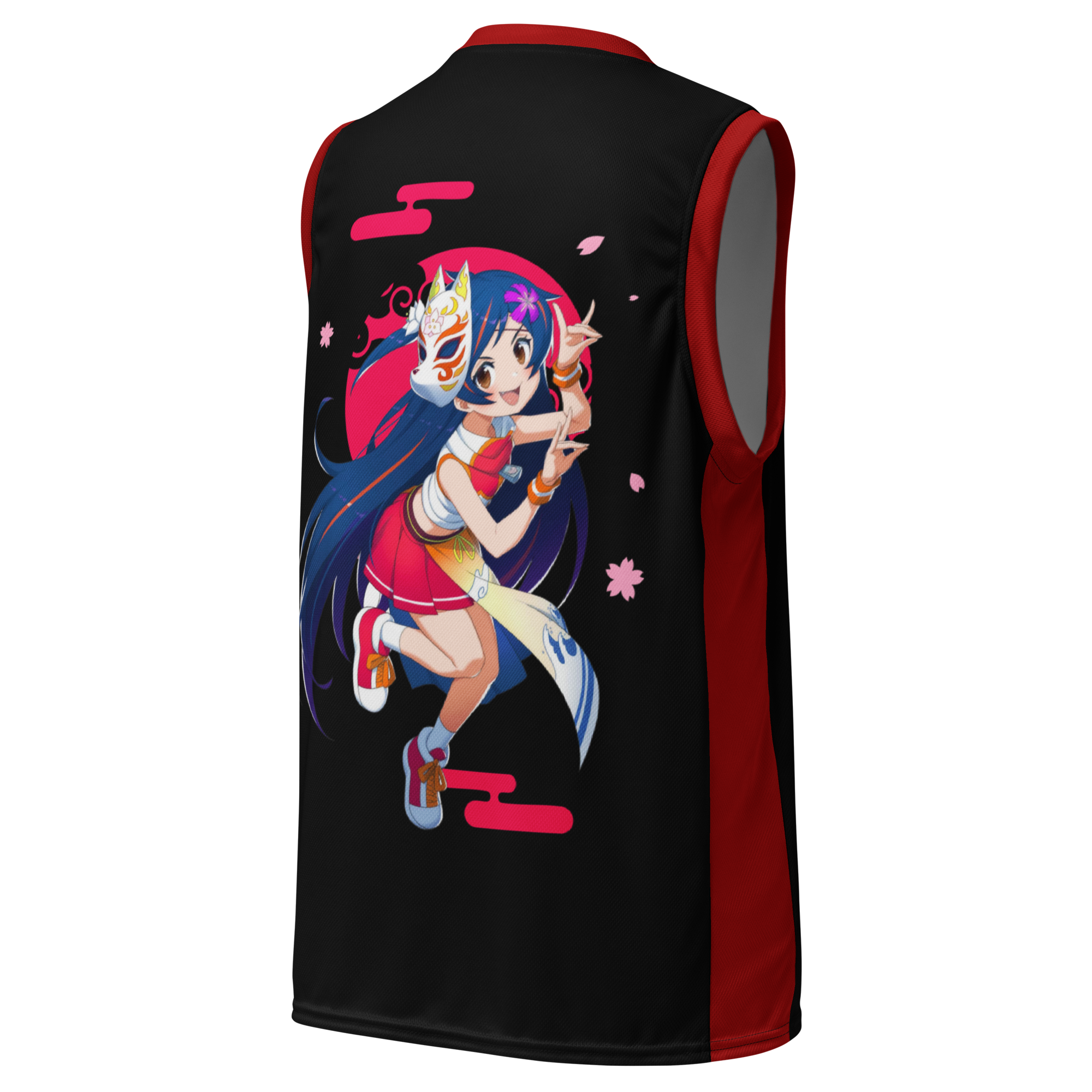


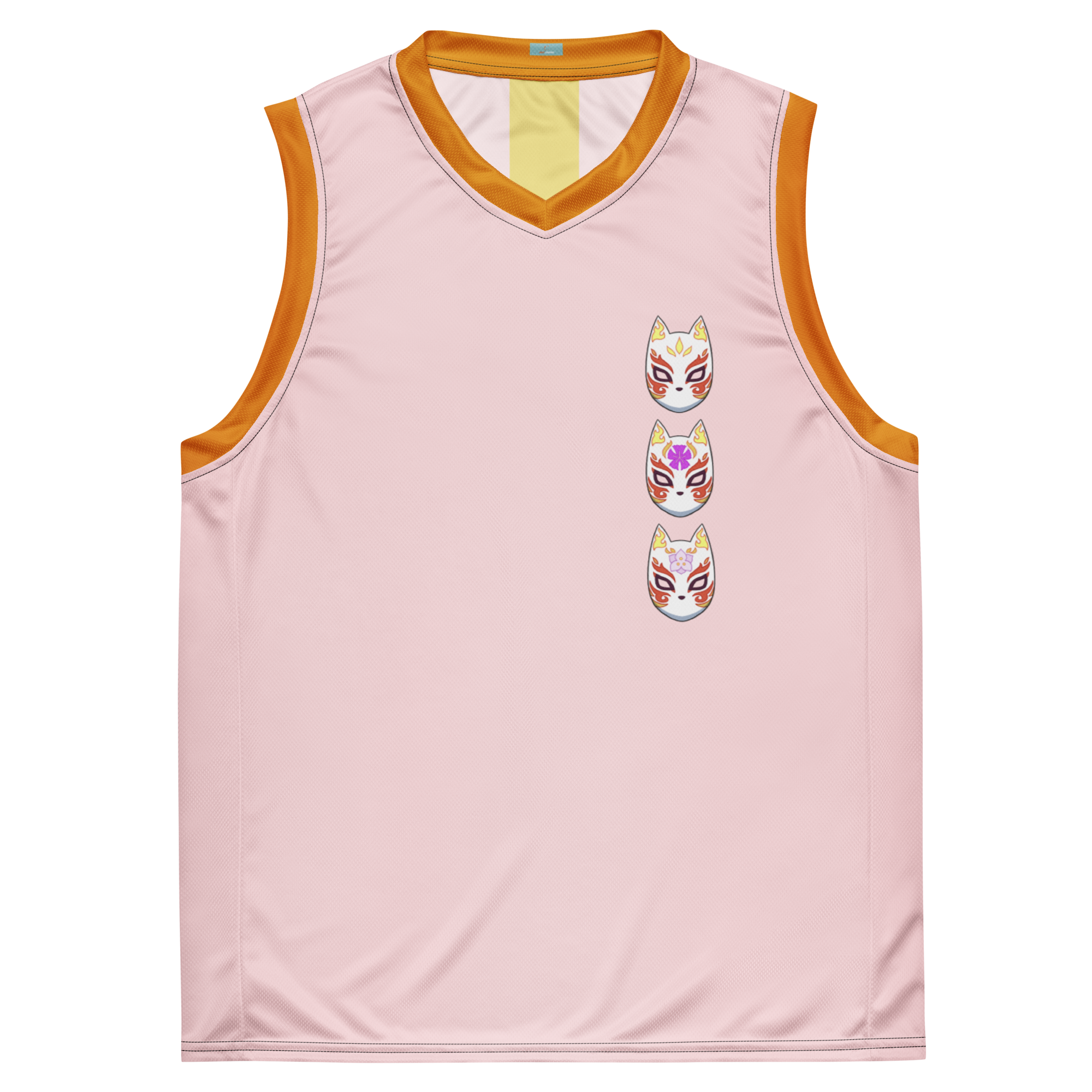

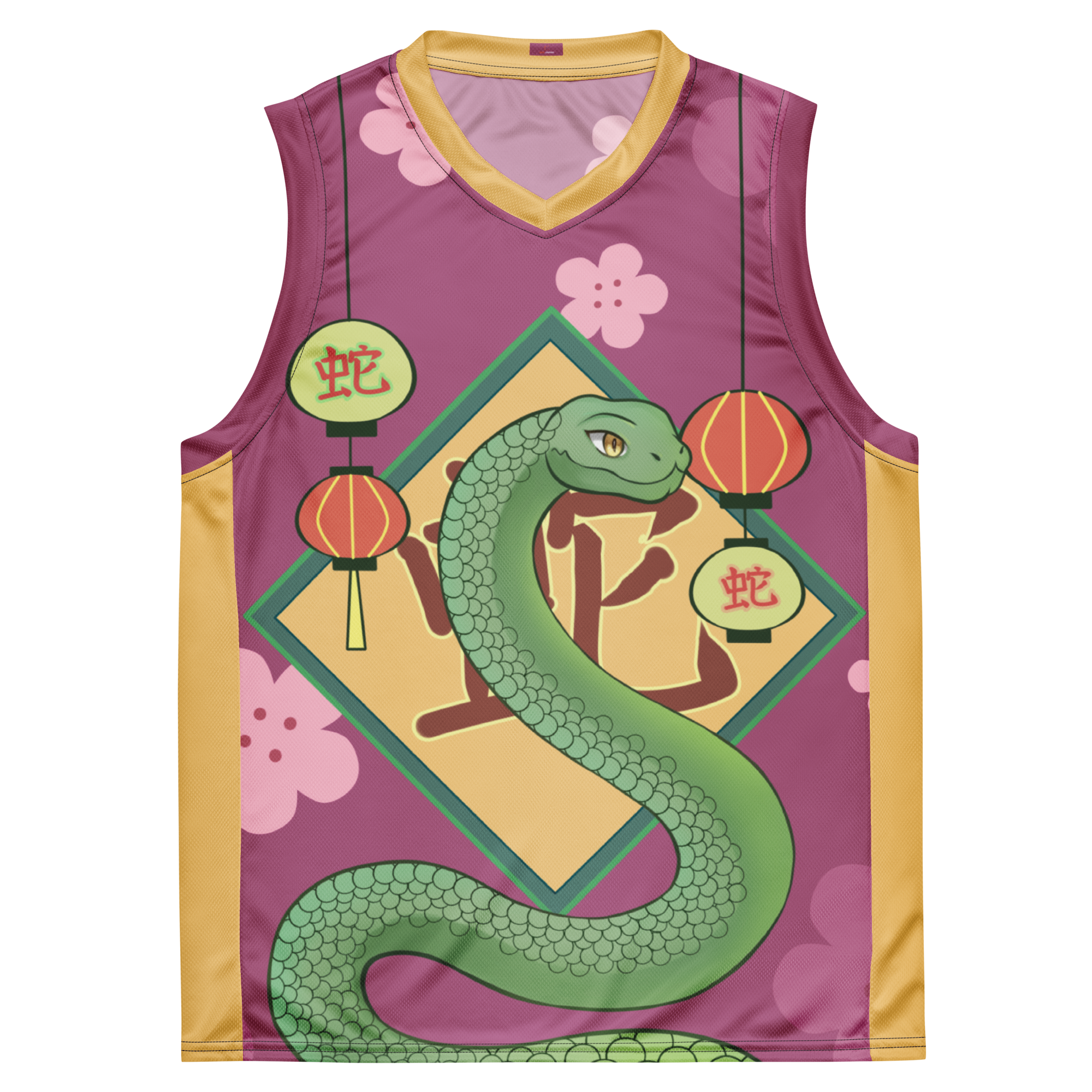
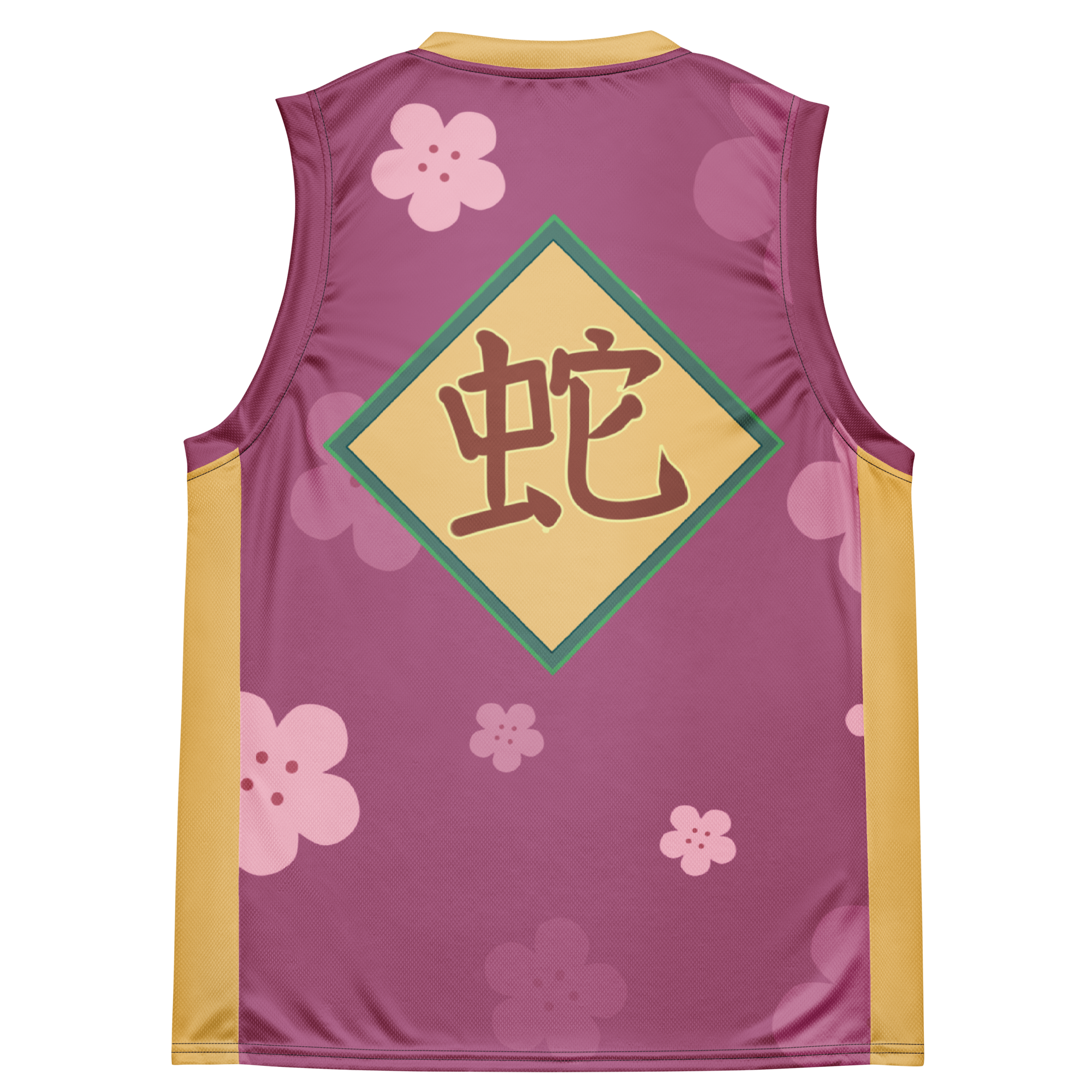
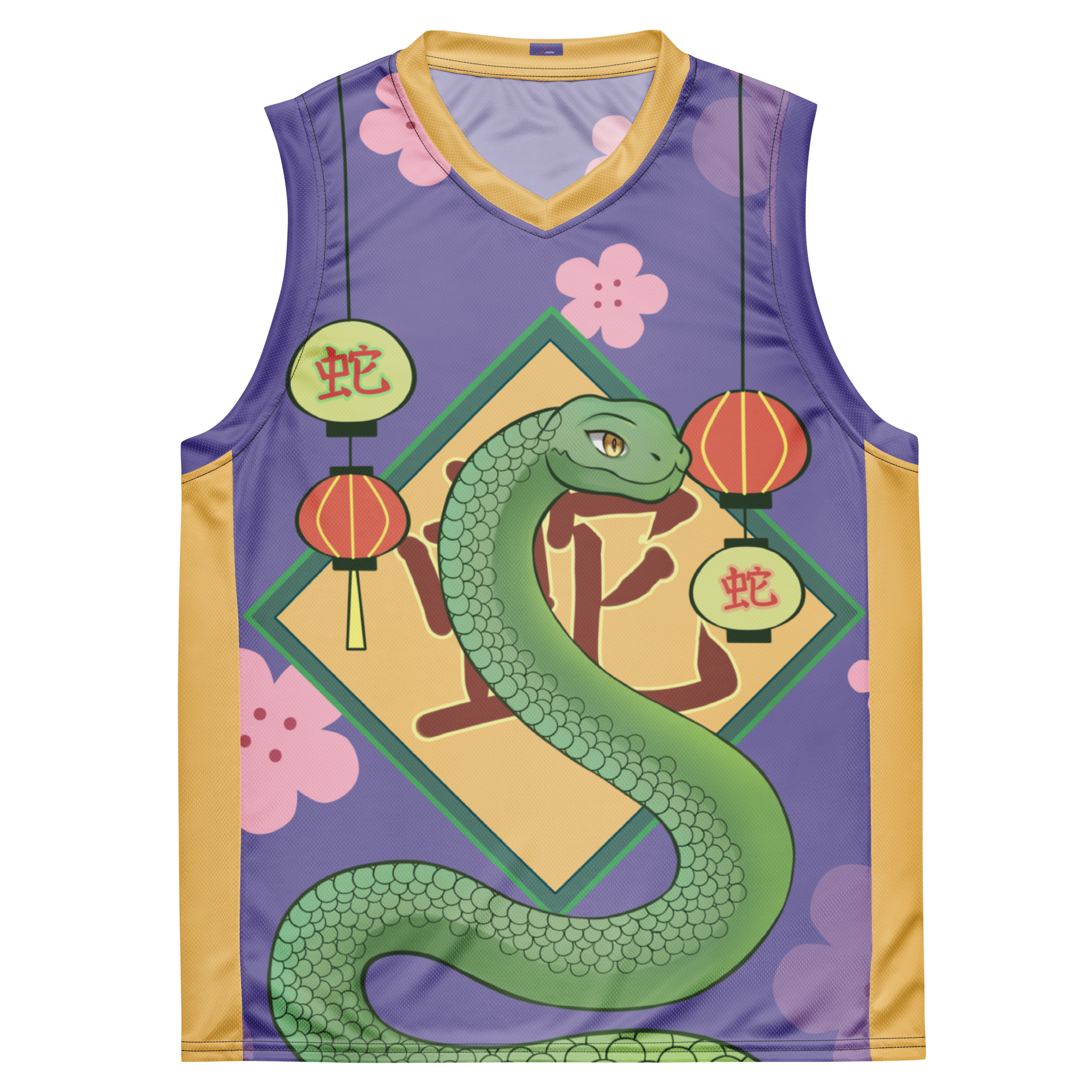
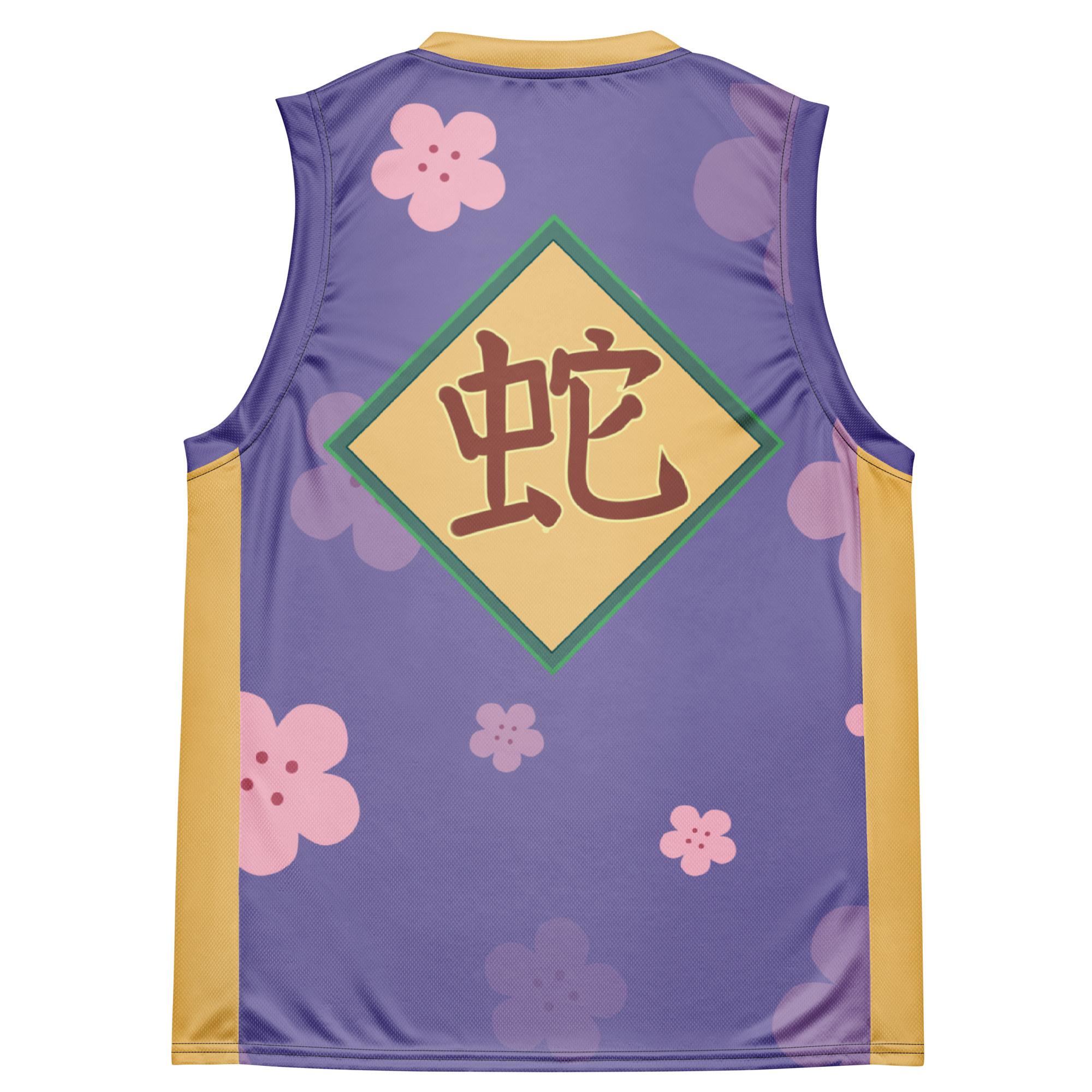
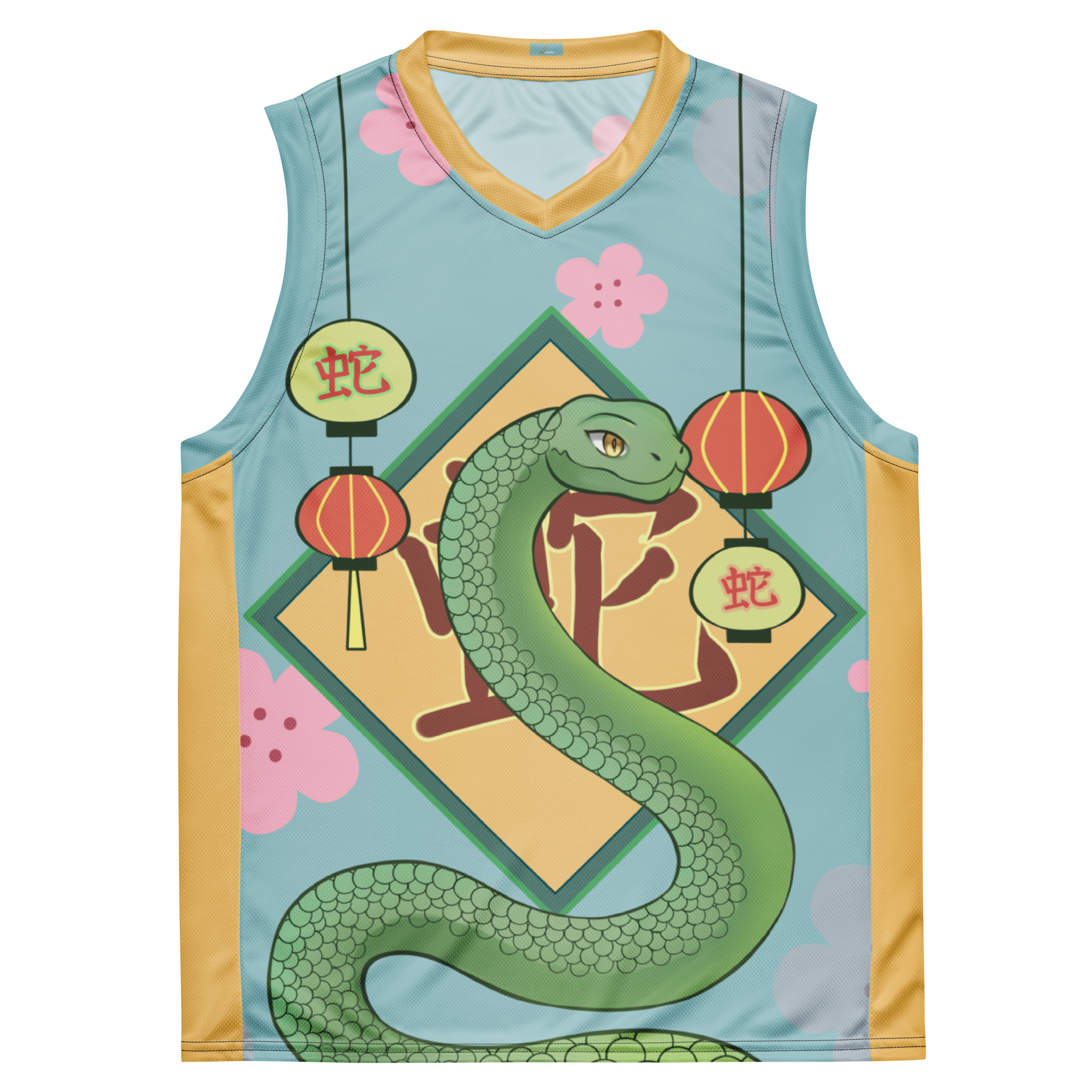
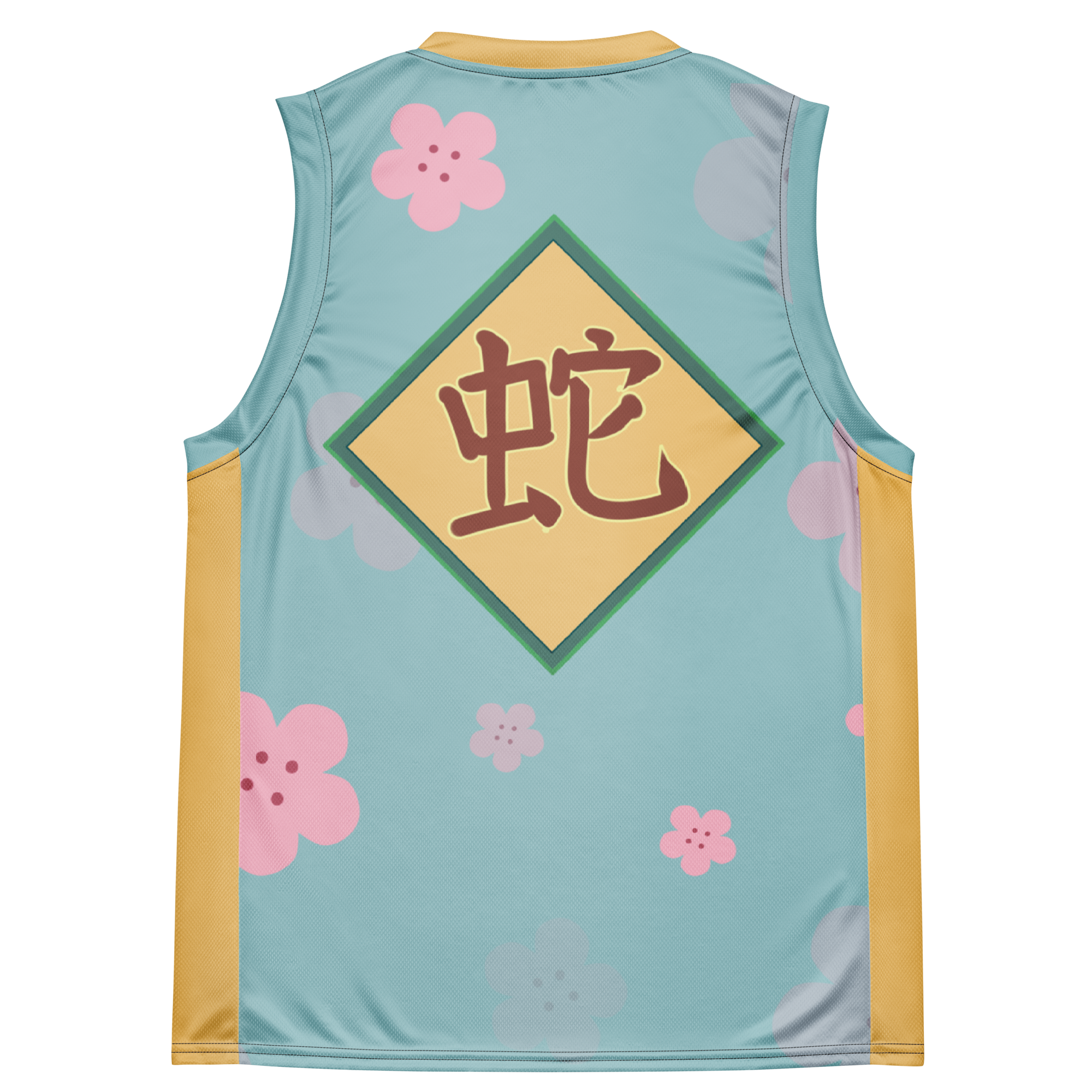
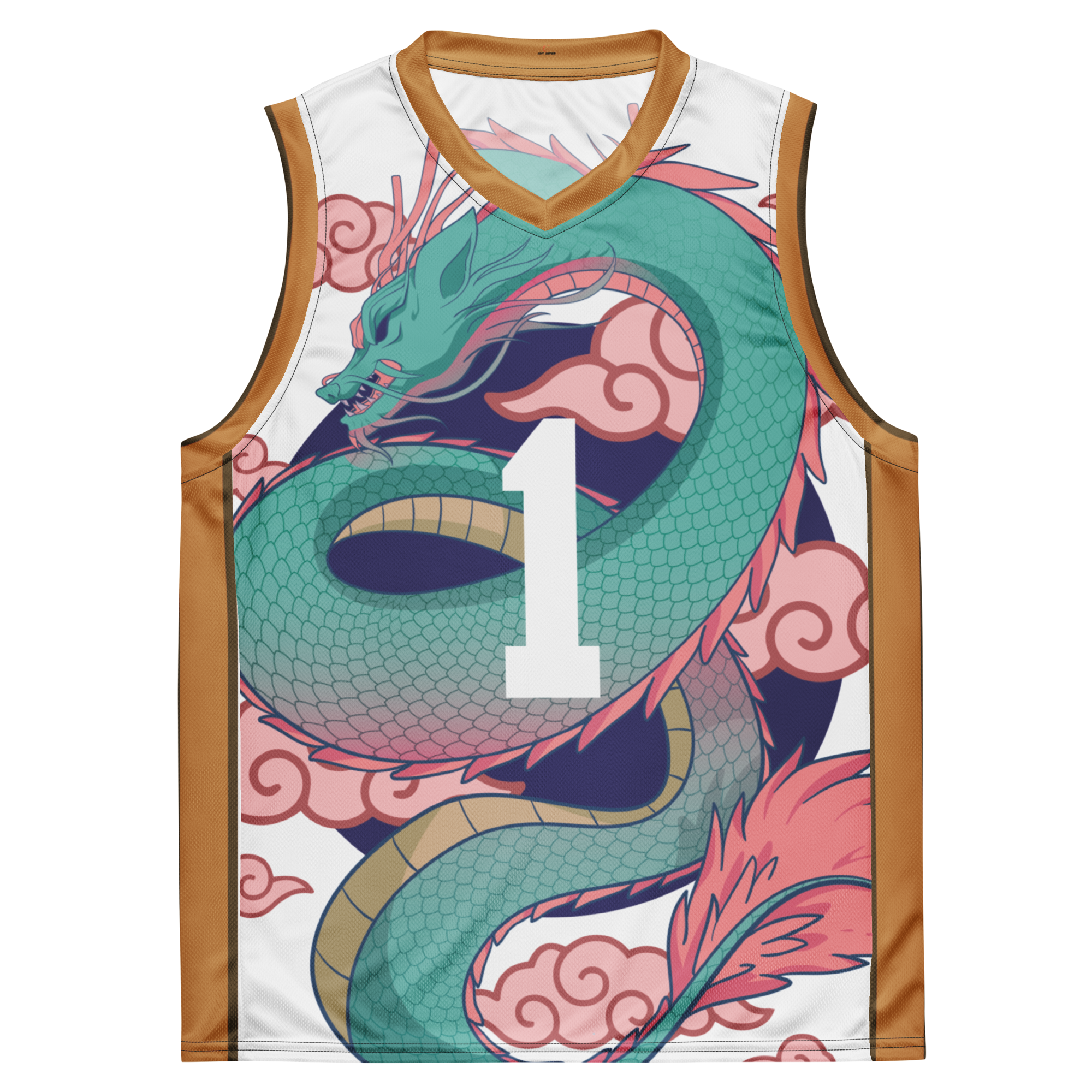
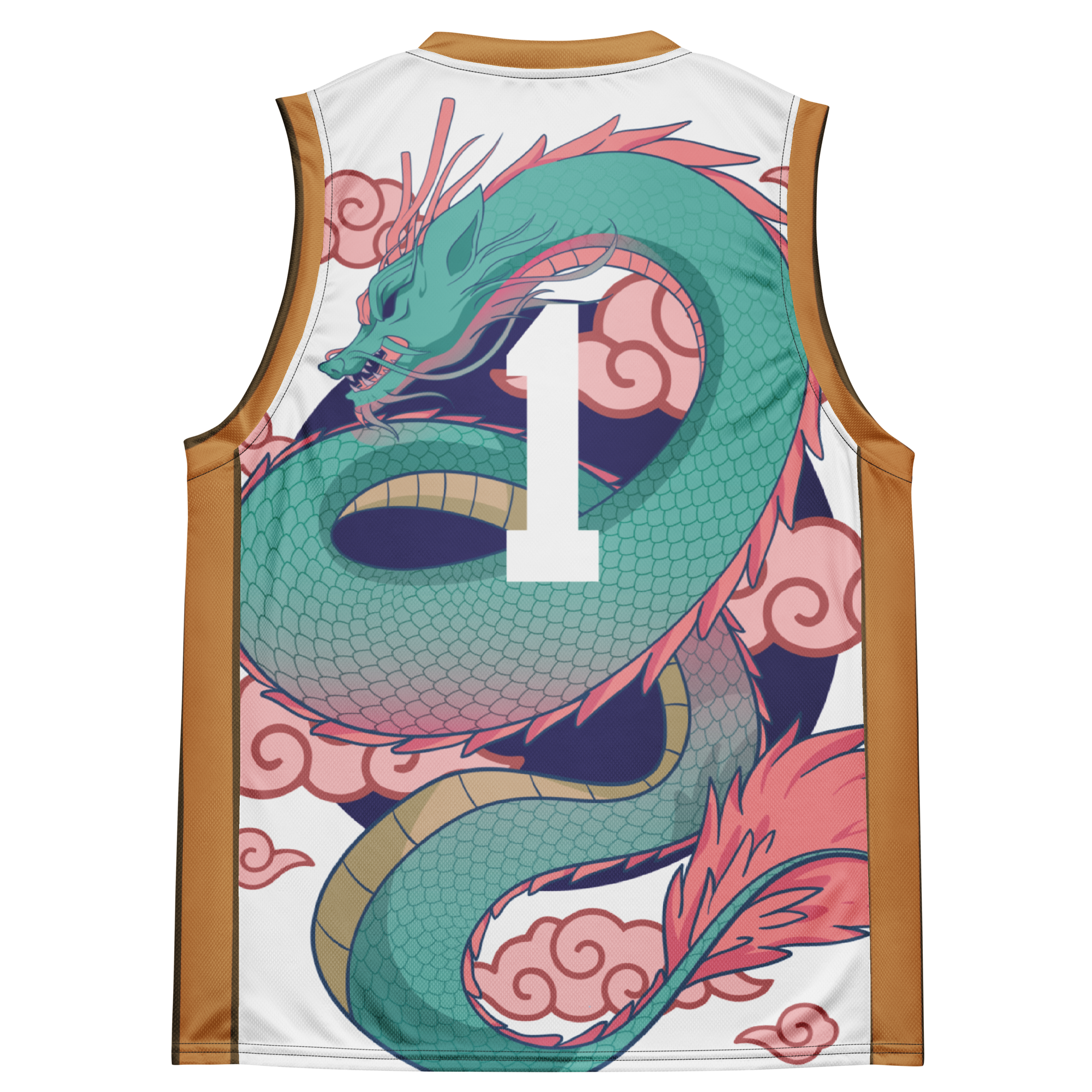
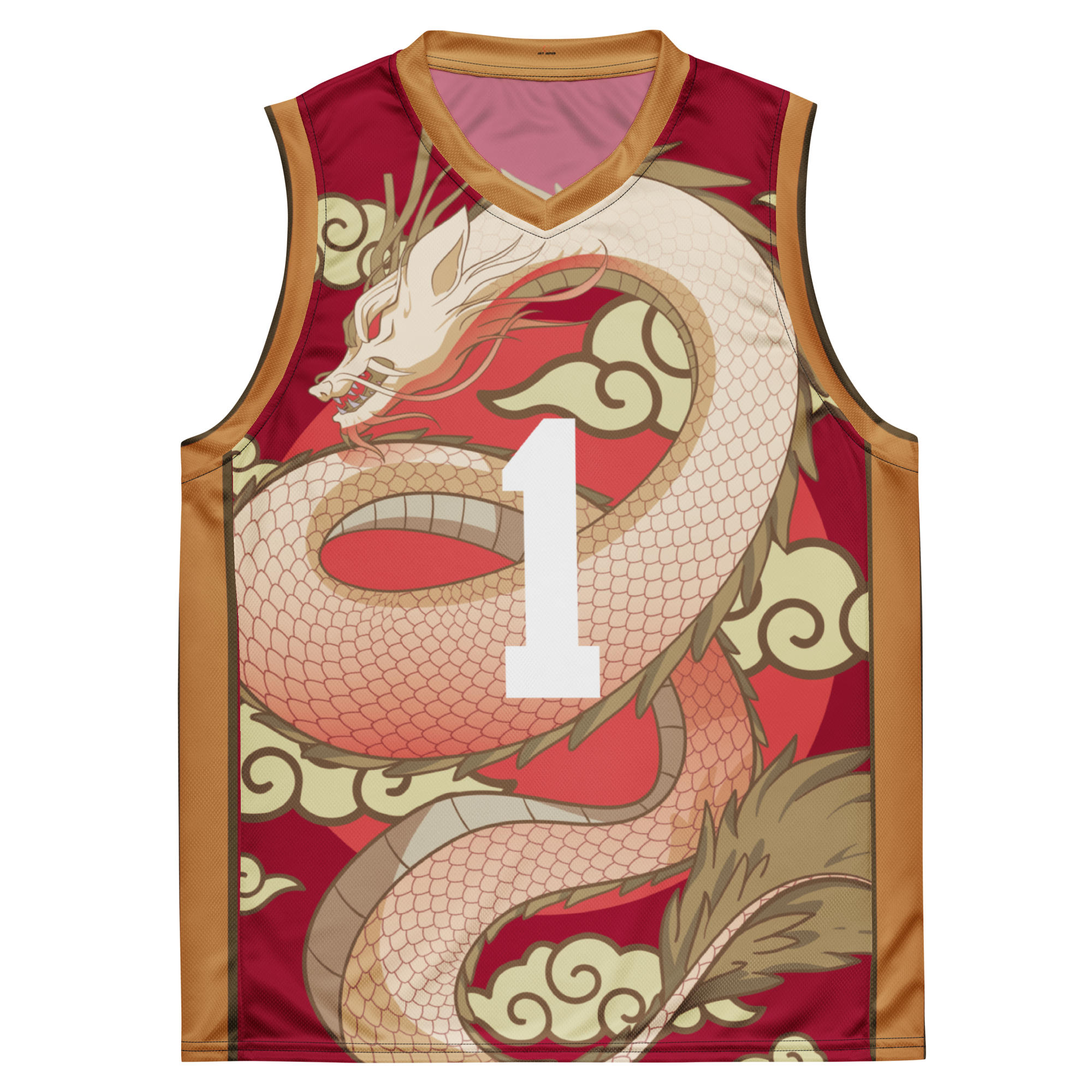
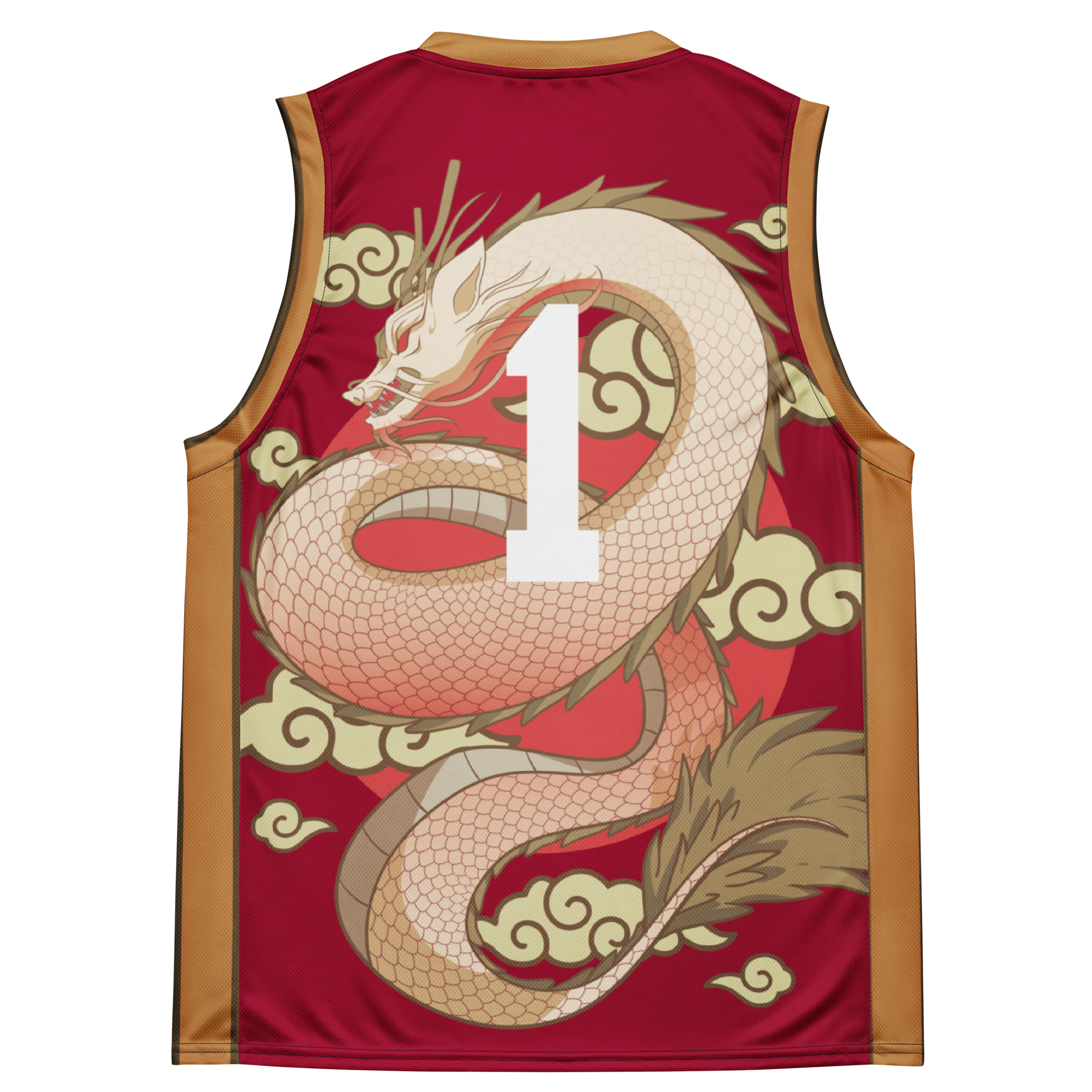
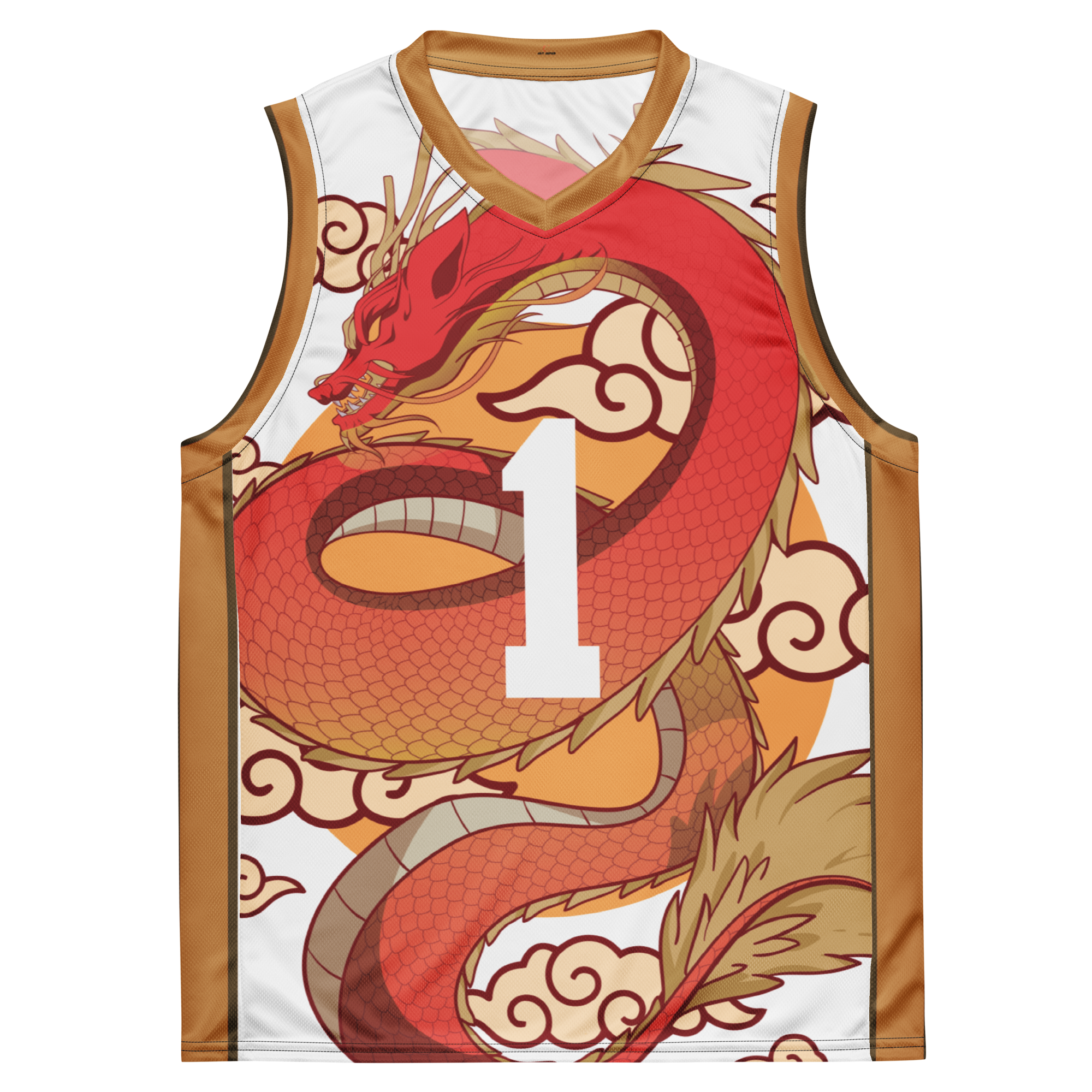
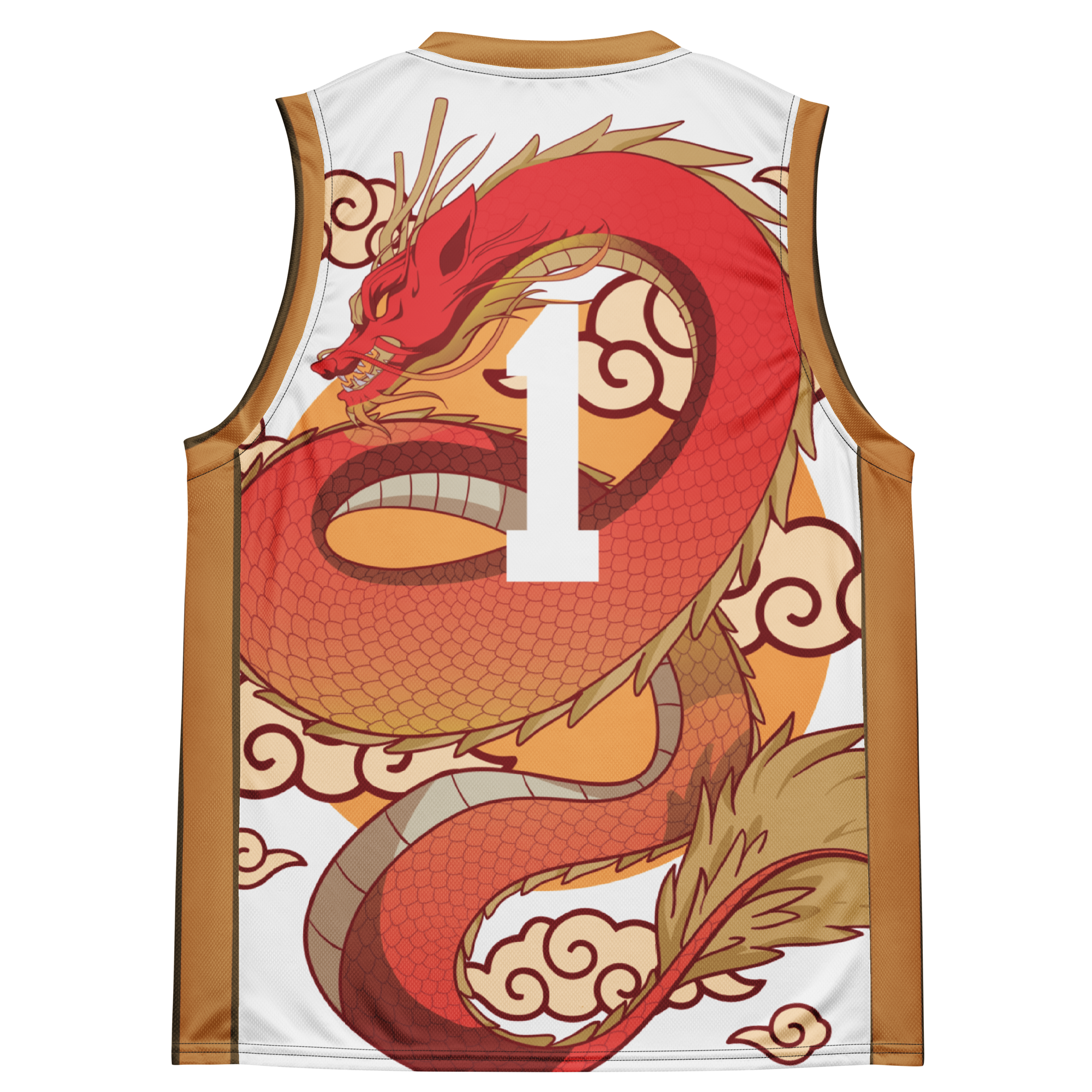



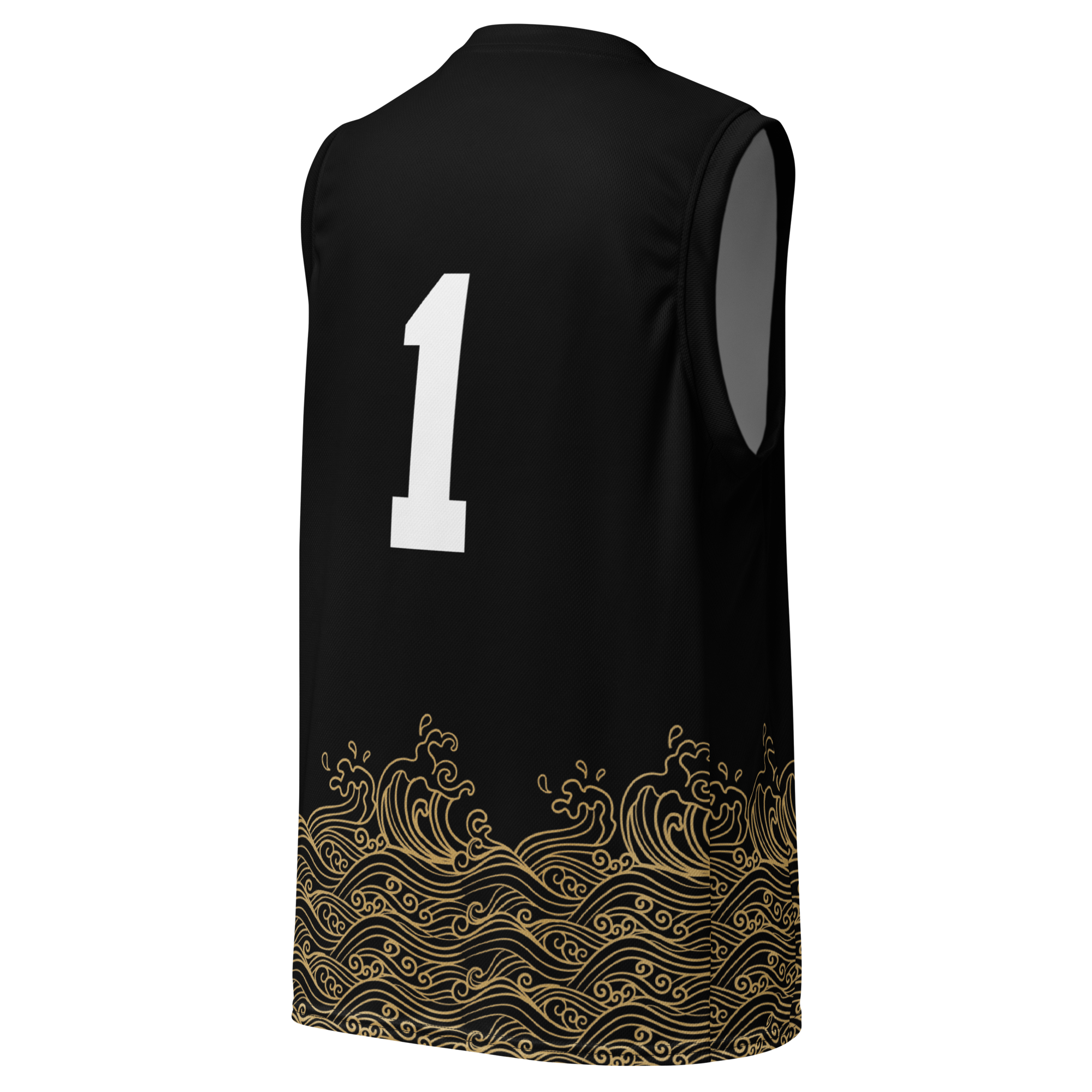




Leave a comment